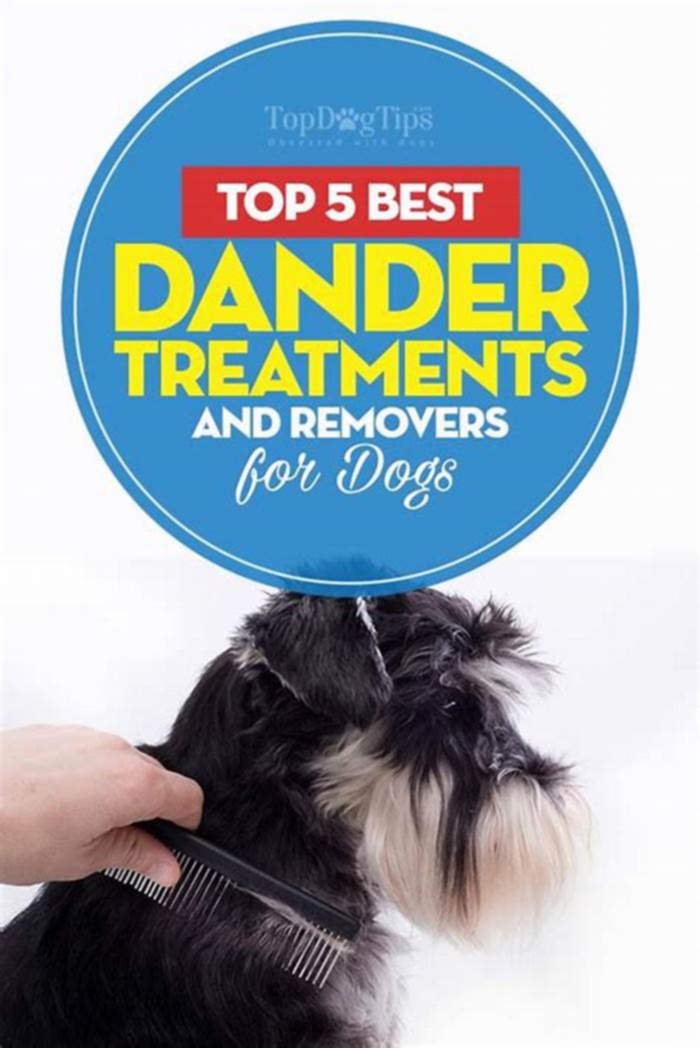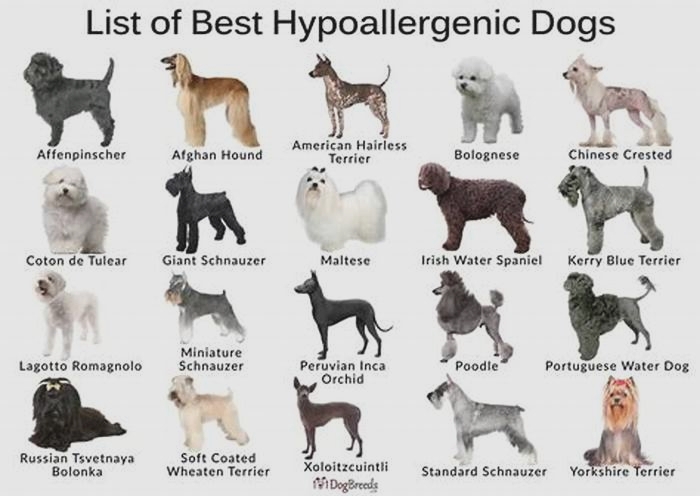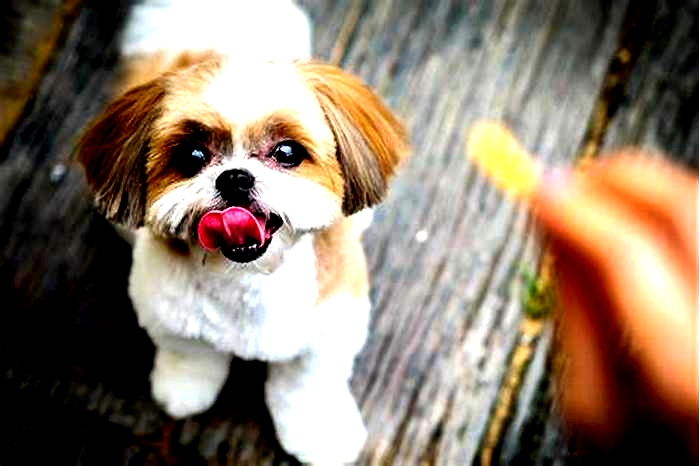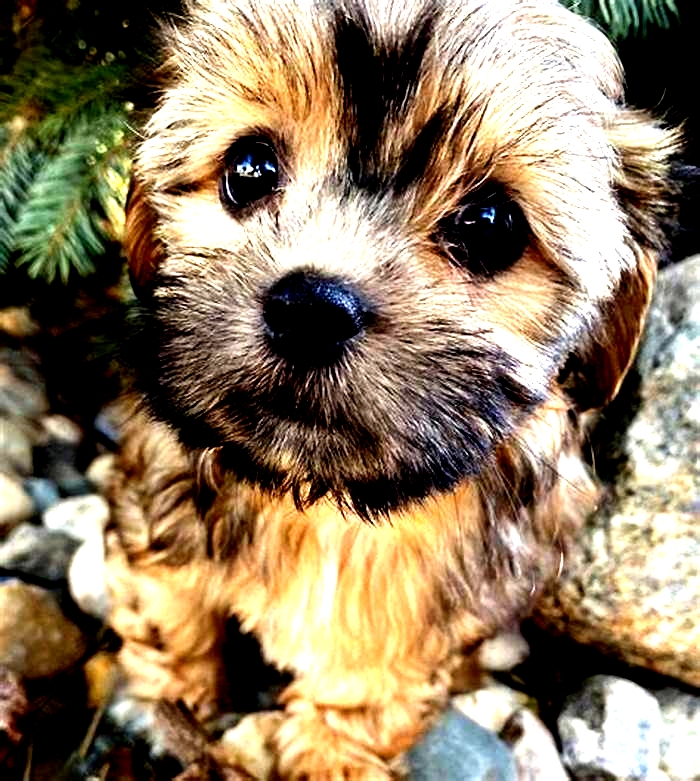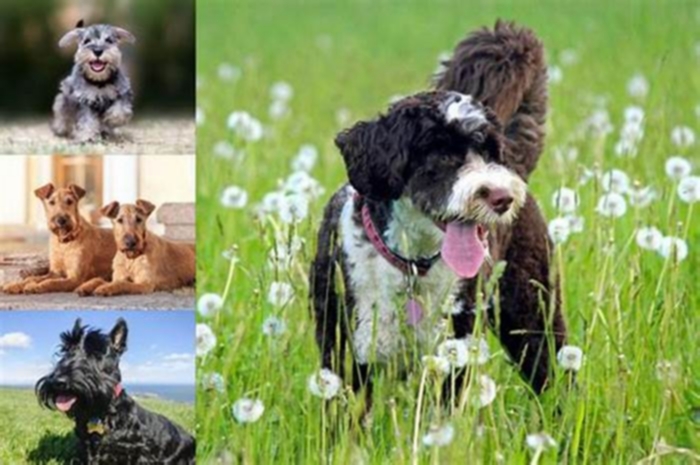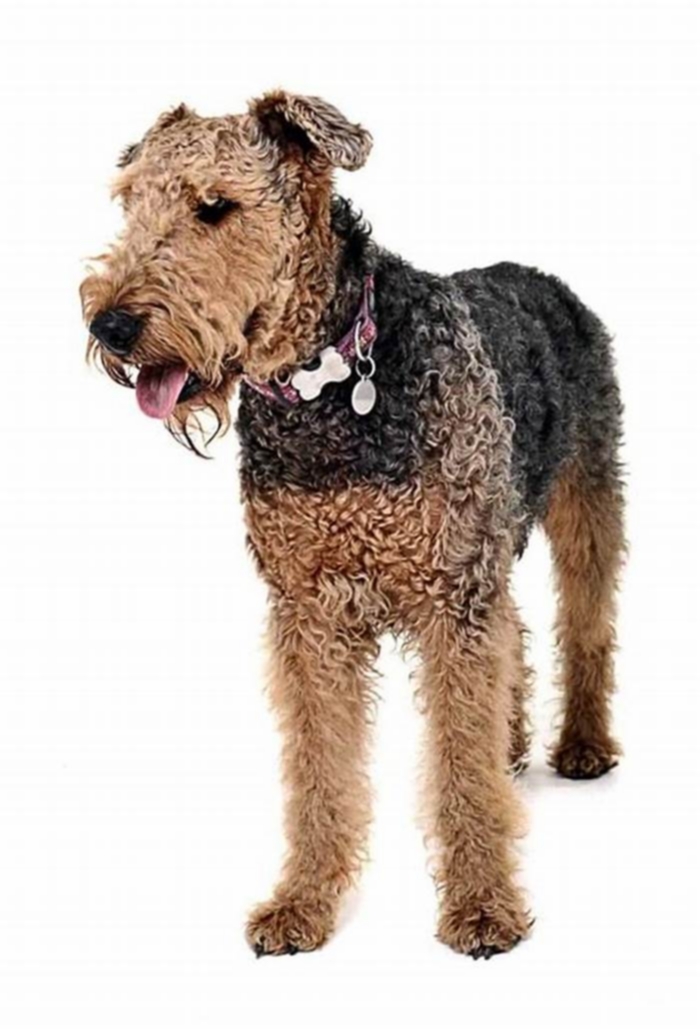do hypoallergenic dogs have dander
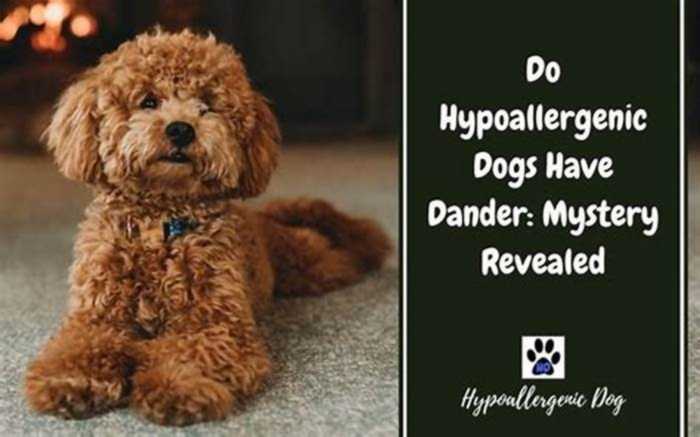
Do Hypoallergenic Dogs Have Dander: Mystery Revealed
Do Hypoallergenic Dogs Have Dander: Mystery Revealed
by Dog Lover | Sep 12, 2022

Do Hypoallergenic Dogs Have Dander?
There have been numerous discussions on do hypoallergenic dogs have dander? Some people believe that because hypoallergenic dogs dont shed, they dont have to deal with dander. Lets explore the issue more closely to solve the mystery of what you wouldnt expect.
What Is Dog Dander?
Before we proceed, its critical to understand exactly what dander is.
Simply put its dead skin.
As new skin cells regenerate, dogs shed the old ones, which release into the environment usually via the assistance of loose hair or fur. Hence, as hair/fur is shed and circulated into the atmosphere, youre exposed to dog dander.
While this all sounds like a perfectly harmless natural cycle dander contains proteins that trigger dog allergies.
What Are Hypoallergenic Dogs?
Data indicates that canines are a part of 38.4% of US households. The concept of a dry-allergic dog suggests that allergies dont have to stand in the way of relishing the thrills of adopting a furry friend.
When people talk of hypoallergenic dogs, its a term used to describe canines that either produce fewer allergens or dont shed as frequently. And, while there are no completely hypoallergenic breeds, dogs labeled as such are considered better suited for pet allergy sufferers.
As mentioned, allergy symptoms are triggered when the bodys immune system reacts to allergen protein found in pet dander. These proteins are present in all warm-blooded animals.
Since an adverse reaction to dander induces pet allergies, choosing the ideal hypoallergenic dog for people with allergies requires careful deliberation and prudent decisions.
Do Hypoallergenic Dogs Have Dander?
All dogs produce dander, including hypoallergenic breeds. But do hypoallergenic dogs have less dander?
At this point, you should understand that hypoallergenic dogs shed less thus allergen-inducing dander levels on these dogs will be lower than in others. However, they still lose dead skin cells, which has the potential albeit minimally to cause an allergic reaction.
These breeds typically:
- Carry curly coats, like the Poodle which traps hair and dander, preventing it from being randomly released into the environment.
- Are hairless breeds, for example, the Xolo or Chinese Crested so produces minimal dander.
Have hair, not fur, like the Maltese shedding is similar to the human hair loss cycle, limiting dander release.
Do Hypoallergenic Dogs Have Different Proteins in Their Dander?
In short. Yes.
Hypoallergenic breeds generate different dander/protein compositions. Therefore, if you suffer from dog allergies, your symptoms may not manifest with one low-shedding breed, yet another could trigger them.
Are Hypoallergenic Dogs Good for Allergy Sufferers?
Dogs make excellent companions, yet dog dander is one of the leading causes of pet allergies.
Hence, thanks to their low-shedding traits, hypoallergenic breeds are the best choice for those sensitive to pet proteins. As they emit less dander, youre less likely to experience a reaction making them a pawfect fit.
If you suffer from allergies but would love to welcome a pooch into your home, you need to know about dog dander and shedding.
As weve seen, hypoallergenic dogs do have dander, yet as they shed at a relatively low pace, these breeds are deemed low risk for triggering a reaction. Yet, bear in mind, this doesnt imply that the dog is completely allergy-free.
Can You Be Allergic to a Hypoallergenic Dog?
Labrador retrievers, however, can "wreak havoc on your allergies," according to the AKC. That said, it's not a one-size-fits-all solution.
"Some people with a dog dander allergy may be less reactive or have less symptoms to dander from certain breeds," Carver says. "Allergy testing cannot determine which breeds may work better for you than others. The only way to determine if you can tolerate being around a certain breed is to have direct, repeated exposure to a dog and see how your body reacts."
While the typical signs of pet allergies may seem obvious sneezing, scratchy throat or itchy eyes several lesser-known symptoms can also appear, according to the Mayo Clinic. If you're doing a test run with a pup, keep an eye out for facial pressure and pain, swollen blue-tinted skin beneath your eyes, and excessive coughing. These symptoms are similar to allergies caused by hay fever; they're caused by the inflammation of nasal passages.
Other allergic reactions can affect the skin, resulting in hives, eczema and itchiness. In the most serious cases, pet allergies can also contribute to asthmatic reactions like chest tightness, wheezing, difficulty breathing and trouble sleeping.
Many pet allergy warning signs resemble symptoms of a regular cold. The Mayo Clinic notes symptoms that last beyond two weeks are likely allergies, and therefore a red flag.
Best and Worst Dog Breeds for People With Allergies
What do you do when you love dogs, but you or a family member is allergic? You do what many people do: Get a dog breed touted as hypoallergenic. Theyre the best types of dogs for people with allergies because they tend to shed less than other breeds.
Pet hair or pet dander is a common cause of allergic rhinitis, a chronic disease that affects as much as 30 percent of the U.S. population, according to theWorld Allergy Organization. Commonly known as hay fever, allergic rhinitis happens when the body overreacts to something that does not cause a problem in other people.
Most people are not actually allergic to dog hair. Rather, theyre allergic to dander (flakes on the dogs skin) or saliva. Hair does have something to do with it, though: Sometimes other indoor allergens like dust, or outdoor allergens like grass or tree pollen, can build up on a dogs furry coat and trigger allergy symptomslike sneezing, congestion, nasal swelling, asthma, andrashes. Many people with dog allergies complain about red, itchy eyes.
Tips to Prevent Dog Allergies
If you already have a dog, here are a few tips to prevent pet allergies:
- Keep your dog clean and bathe it weekly in warm water. This may reduce the amount of dog dander and dog saliva deposited throughout your home.
- Get a groomer to bathe your dog so youre not exposed to the allergens.
- Wash the dogs bedding weekly to remove excess dander.
- Use air purifiers throughout your home and avoid furnishings that collect allergens, like cloth curtains or carpets.
- Keep the dog out of the bedroom and off the bed during sleep.
- Keep the dog outside if possible. It may take weeks or months before your house is free of pet allergens.
If youre on the hunt for a hypoallergenic dog that wont leave you watery-eyed, youll need to do your research and perhaps an in-home test-drive to make sure your new pup doesnt trigger an allergy orasthma attack.
Dont go straight for the breeds of dogs with shorter coats, and dont count out shaggy pups. There are many types of hypoallergenic dogs some with more hair, some with less.
Heres some more information on the best (and worst) breeds for people with dog allergies.
22 Best Hypoallergenic Dog Breeds
Bichon Frise

Miniature Schnauzer

The most popular Schnauzer breed on the market, these astute watchdogs are a perfect pocket option for Schnauzer fans. They have that same serious expression as their larger counterparts, but in a more compact package. These fearless companions shed minimally and love lots of playtime, so get ready for plenty of games of fetch.
Poodle

All poodles fall under the hypoallergenic umbrella, including the standard, toy and miniature versions, so you can choose your own dog adventure. Super-smart poodles are also extremely easy to train, making them one of the most popular dogs in the U.S. As for that fancy "poodle clip," the traditional cut protects the water-loving dogs' joints and vital organs while swimming, in addition to looking absolutely adorable.
Advertisement - Continue Reading Below
Yorkshire Terrier

Sweet-faced little Yorkies fit in purses and laps, but their small size packs a ton of attitude. Their fine hair has a texture that's similar to humans' manes, so it's less likely to make you sneeze. But groom-averse dog fans, beware: Yorkies do require regular brushing and maintenance to keep their hair tangle-free and silky soft.
Shih Tzu

The almighty "lion dogs" known as Shih Tzu's date back to the Tang Dynasty. One look and you'll understand why the breed once won over royalty with their regal (but low-shedding!) looks and charming, friendly personas. Because their hair naturally grows long, they do require a fair amount of upkeep. Get to know a good groomer, and start early to teach your pup to love regular brushing.
Maltese

Averaging a teeny-tiny seven pounds, the ancient Greek breed basically defines the concept of "lap dog." Even marathon cuddle sessions won't leave you sneezing, since their all-white coats aren't likely to trigger allergies. You can choose between cutting their soft fur into a sporty trim or letting it grow long, depending on how much maintenance you can handle.
Advertisement - Continue Reading Below
Portuguese Water Dog

You may recognize these medium-sized furballs after "First Dogs" Sunny and Bo Obama helped put the curly-haired Portuguese water dogs in the spotlight. Their playful and laid-back personalities make great additions to any household, even if yours is less than presidential. They even adapt well to apartment living for those in small spaces, but will still need regular walks to keep them fit.
Scottish Terrier

You may recognize the personality-filled Scottie dog from Disney classic dog movie, Lady and the Tramp, but the independent and sometimes stubborn Scotties make great pets IRL, too. They were originally bred as fierce hunters, and their wiry, weather-resistant coats kept them protected in a range of climates. Today, their dignified beard will probably spend most of its time gracing your couch.
Chinese Crested

The Chinese Crested is an easily recognizable breed that has a feathery tail and feet. For those that have a hard time with pet hair, these hairless dogs make great housemates and wont cause the sniffles since the only place they have hair is on their feet, tail and head. Even if they've got faces only a mother could love, you're sure to fall head over heels with yours.
Advertisement - Continue Reading Below
Xoloitzcuintli

Known for being the dog of the ancient Aztecs, the Xoloitzcuintli is a loyal and alert watchdog. These dogs come in two varieties hairless and coated. If you go for the elegant hairless variety, pick up a good dog sunscreen to protect their delicate skin from damage.
RELATED: 6 Best Dog Sunscreens to Protect Your Pup
Giant Schnauzer

We're in love with the giant Schnauzers' iconic shaggy eyebrows, but all that fur doesn't mean they'll make you sneeze. They do require a moderate amount of grooming, so get a quality dog brush. The largest of the three Schnauzer types, they can grow to 75 pounds and have an intelligent, task-focused temperament that lends itself well to training.
West Highland Terrier

Just like other terriers, Westies possess a curious and lively attitude with the added bonus of minimal shedding. These hardy dogs have a cheerful demeanor that will keep you giggling with their playful antics. Their portable size and friendly disposition make them some of the most popular terriers.
Advertisement - Continue Reading Below
Havanese

Happy and curious, Havanese dogs sport long, silky coats in a variety of colors. They can look positively royal if you let their low-shedding coats grow long and carry them around like the kings and queens they think they are. Many owners prefer to give them a shorter clip for easier maintenance.
Afghan Hound
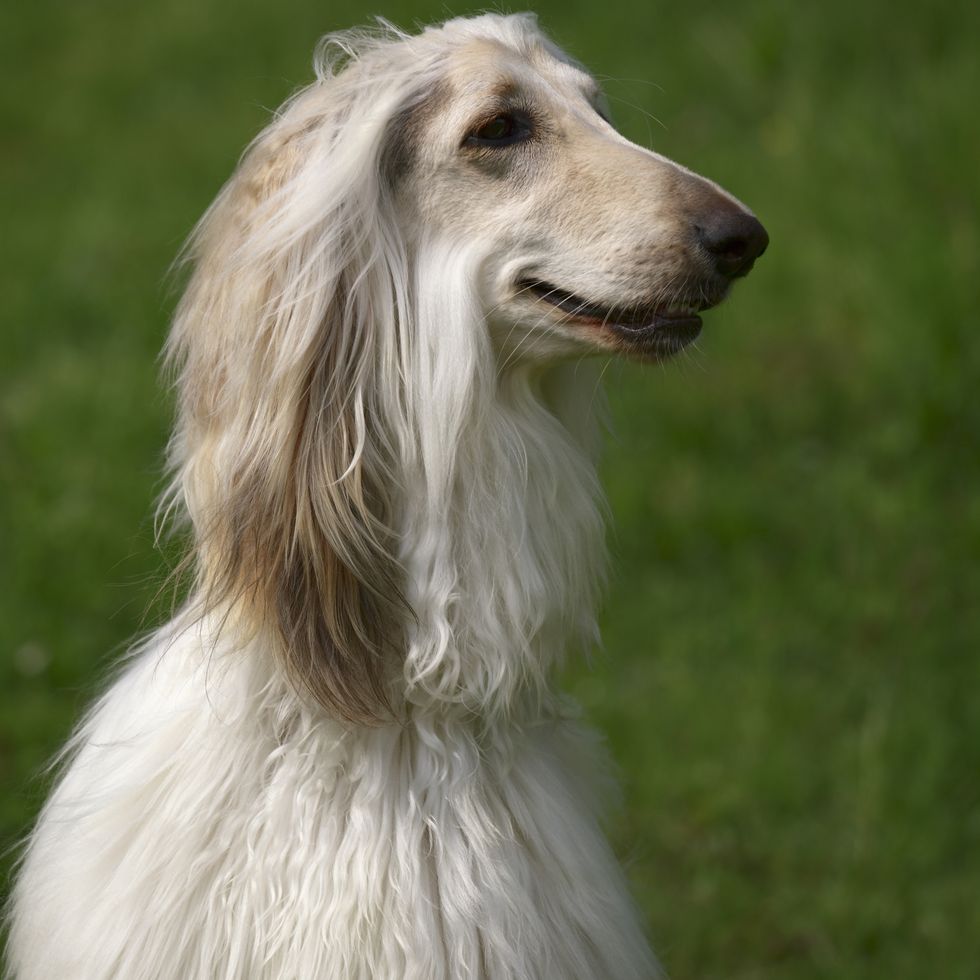
These sweet hounds don't shed much, but their long coats do require some attentive grooming. Because they were originally bred for the mountains in Afghanistan, they have long, shiny hair that can tangle without routine maintenance. Make grooming time part of your bonding ritual, and you'll discover what "man's best friend" really means.
Basenji
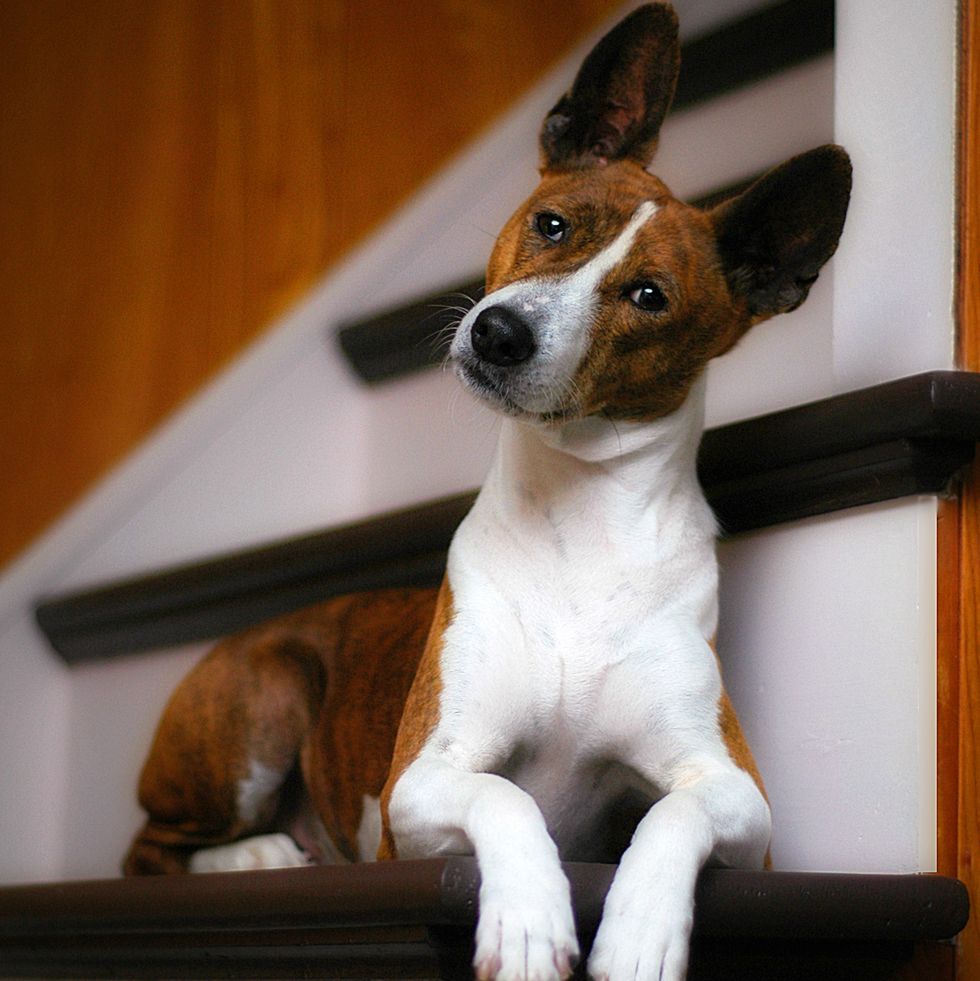
Basenjis originated as African hunting dogs, but they don't howl and yap like a lot of hounds tend to do. They have short, fine hair that sheds minimally, so you'll barely know they live with you. Basenjis are known for their catlike demeanor, and these fastidious little creatures will even groom themselves.
Advertisement - Continue Reading Below
Cairn Terrier

Lots of coarse-haired terriers shed less than other groups, making the wiry-coated breeds a smart choice for allergy sufferers. Owners especially love Cairn terriers for their fearless personalities you may recognize the breed as Toto in The Wizard of Oz!
Bedlington Terrier

Bedlington terriers grow distinctive poofs of fur at the top of their heads, giving the sweet-looking breed a lamb-like look. These gentle, cuddly terriers make great watchdogs and downtime partners. Professionals spend a lot of time styling the curly, wooly coat for dog shows to get them that picture perfect look. If you just want a snuggly pet, you can opt for a lower-maintenance short clip instead.
Coton de Tulear

Pronounced "coTAWN day two-LEE-are," this charming companion breed will follow you around the house like a cheerful little shadow. The "royal dog of Madagascar" is allegedly descended from dogs who survived an ancient shipwreck near Madagascar, and they resemble bichons with their soft, white hair. It's less likely aggravate your allergies than traditional fur.
Advertisement - Continue Reading Below
Irish Water Spaniel

If you're looking for a hypoallergenic breed, don't limit yourself to terriers and toy dogs. Irish water spaniels belong to the sporting group, and (surprise!) they love water. These natural-born swimmers even have coats that repel it, so not only will they keep your allergies at bay, they can hop in and out of the pool all day.
Lagotto Romagnolo

Don't let the fancy name fool you. These wooly, small- to medium-sized pups aren't pretentious in the least. They check off everything on dog lovers' wish lists: low-shedding, active but not too hyper, easygoing and affectionate. They even have a hidden talent: Lagotti are especially excellent at truffle-hunting. In your care, they may spend more time hunting down toys in your backyard.
Advertisement - Continue Reading Below
Advertisement - Continue Reading Below
Advertisement - Continue Reading Below


